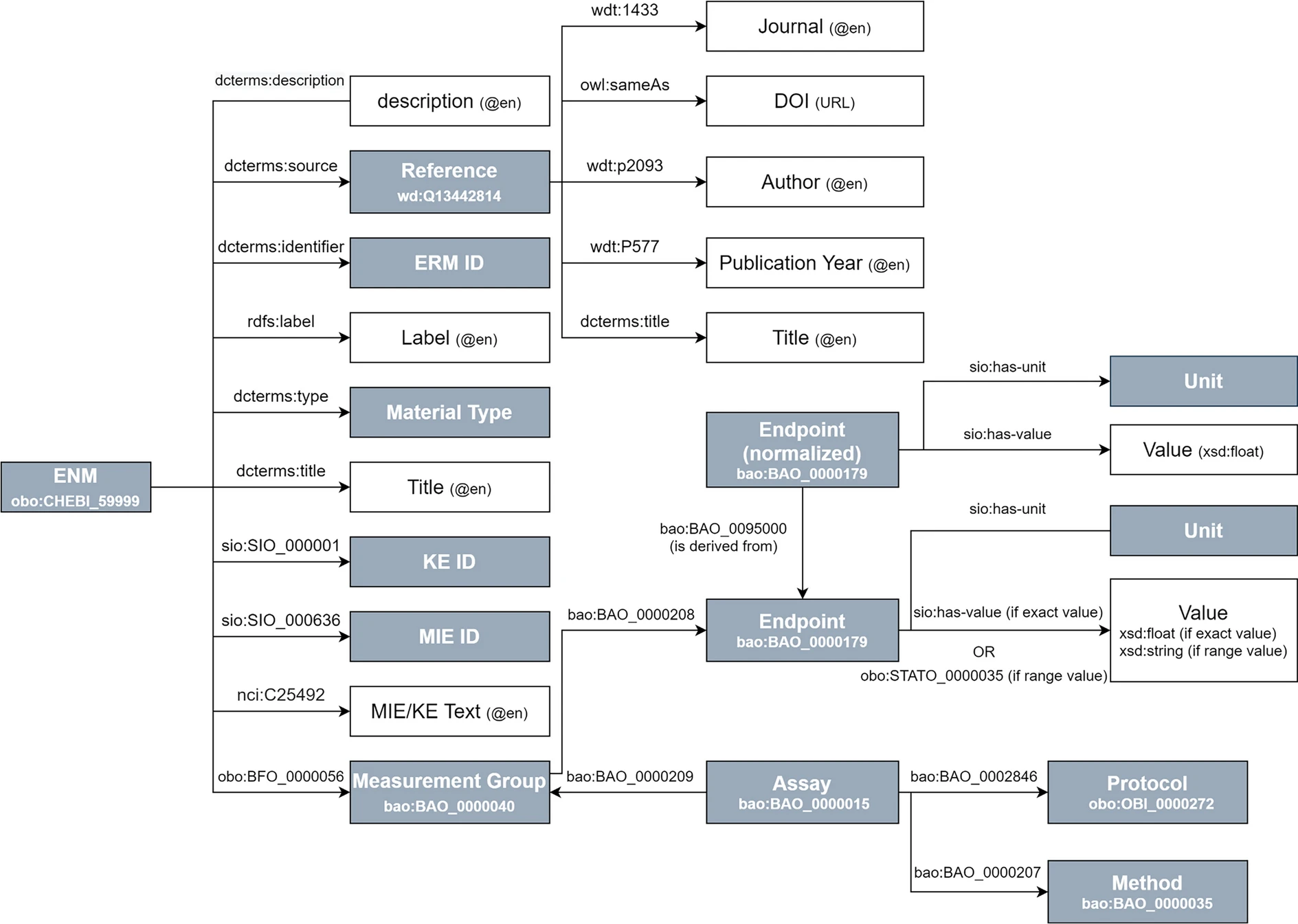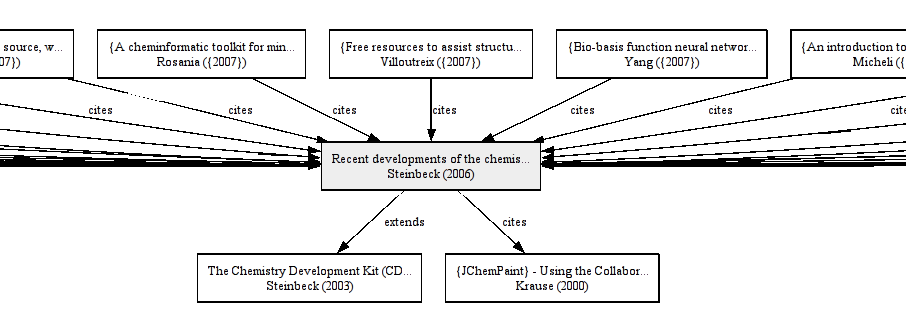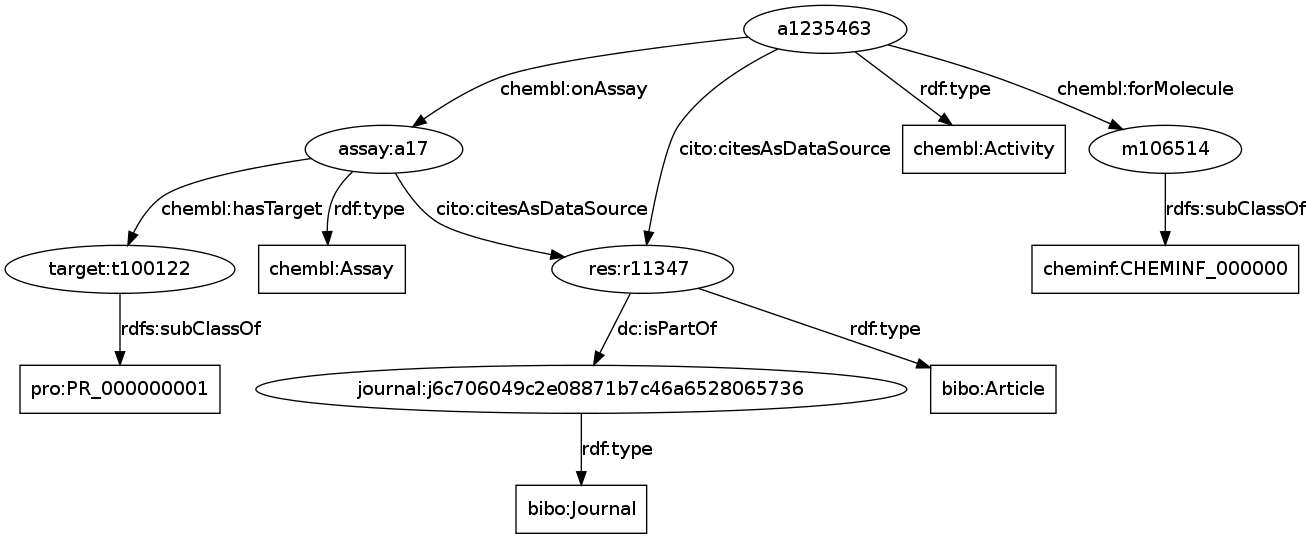Noting that in the coming week I am not attending the ELIXIR All Hands in Uppsala. Having lived in (and around) Uppsala for more than three years, I am disappointed and with the first stories from colleagues coming in even more. But it has been a way too busy year, I have much to finish up, and I need to take care of myself too. I am not 32 anymore. But in the past two weeks I did attend two workshops.
I was about to call this blog post From spreadsheets to RDF , after the post last week. But then I decided to just use the pattern I typically use. Why I wanted to use that shorter term in the first place was that one of the thing I like about the AMBIT software (of OpenTox and eNanoMapper fame) is its RDF support (see doi:10.1186/1756-0500-4-487). But RDF, ontologies, those are hard things.

Making something FAIR is hard, particularly when you do more than making something findable. We’ve seen before that making something usefully findable requires deep indexing, and already that continues to be difficult, because we are not seeing it enough. So, when I thought convert a paper led by Hoet’s lab in Leuven into machine-actionable RDF to make it FAIR, I gravely underestimated the amount of work.
Some days ago, I started added boiling points to Wikidata, referenced from Basic Laboratory and Industrial Chemicals (wikidata:Q22236188), David R. Lide’s ‘a CRC quick reference handbook’ from 1993 (well, the edition I have). But Wikidata wants pressure (wikidata:P2077) info at which the boiling point (wikidata:P2102) was measured. Rightfully so. But I had not added those yet, because it slows me and can be automated with QuickStatements.

Update : Mark wrote up a blog post on the RDF that the ChEMBL team itself. Yesterday, the paper “The ChEMBL database as linked open data” (doi:10.1186/1758-2946-5-23) by Andra Waagmeester (@andrawaag), Ola Spjuth (@ola_spjuth), Peter Ansell (@p_ansell), Antony Williams (@chemconnector), Valery Tkachenko, Janna Hastings, Bin Chen (@binchenindiana), David J Wild (@davidjohnwild), and me appeared in the OA JChemInf journal.

Readers of my blog know I have been using the Citation Typing Ontology, CiTO (doi:10.1186/2041-1480-1-S1-S6). I allows me to see how the CDK is cited and used. CiteULike is currently adding more CiTO more functionality, which they started doing almost one and a half years ago.
Update 2021-02 : this post is still the second-most read post in my blog. Welcome! Some updates: Ammar Ammar in our BiGCaT group has set up a new SPARQL endpoint. Please use and tweet. blog, or otherwise let others now how you use the ChEMBL RDF. Since this post I have blogged a lot more about ChEMBL. Update : this work is now written down in this paper.
I noted earlier this week that [d]uring the week [in Oxford ], someone (name and address is know at the editorial office) commented on the fact that my blog posts are somewhat difficult to follow;
